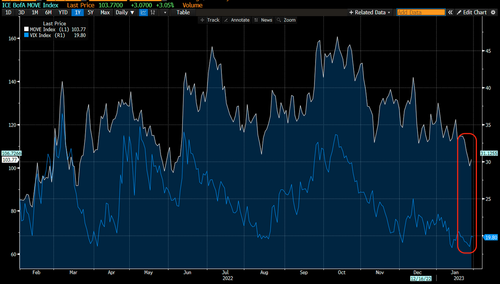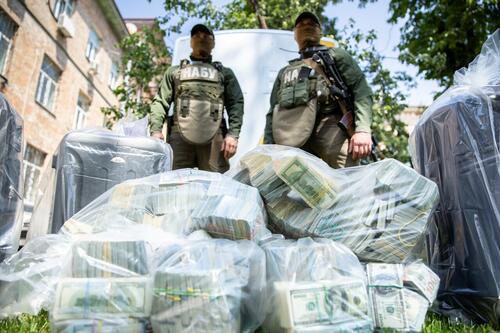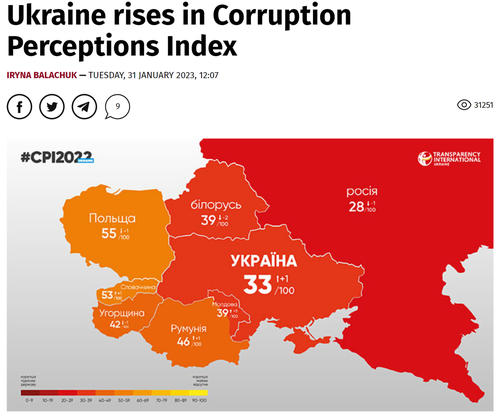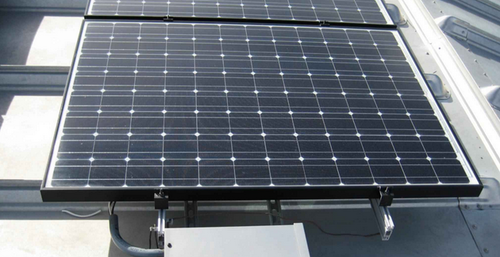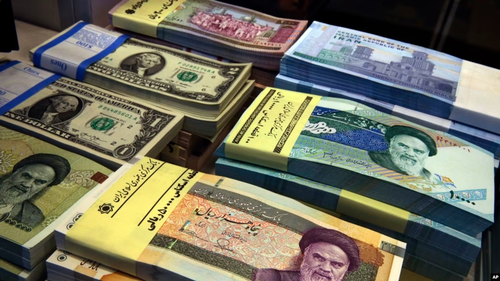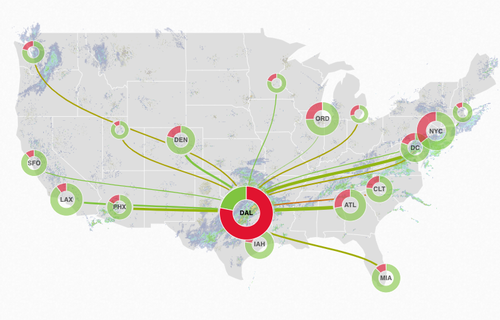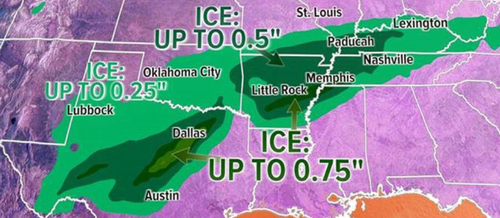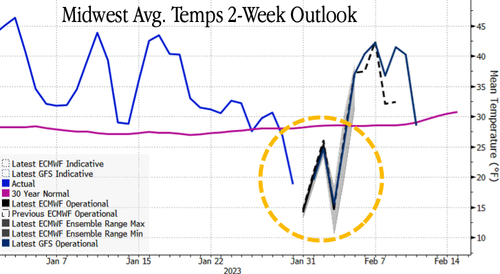China Plans To Sell Lethal Blowfish Drones To Taliban: Report
Following two major recent terrorist attacks which targeted Chinese nationals in Kabul, the Chinese government is desperately appealing to the Taliban to provide better security protection for its citizens in Afghanistan. The past week has seen multiple reports emerge saying that Beijing is even offering the Taliban advanced weaponry in order to bolster counter-terror efforts in the capital.
The US national security website 19fortyfive writes that “Rather than subsidize education or develop the country, it now appears that the Taliban will use its limited cash to purchase or otherwise acquire Blowfish drones from China.”

The source describes the China-produced drones as follows:
The Blowfish is a potentially devastating platform. The mini-helicopter can fire machine guns, launch mortars, and throw grenades. Artificial Intelligence imbues them with the ability to determine who lives and who dies on the battlefield with minimal human input. The Pentagon has already expressed fears that Blowfish exported to the Middle East could end up in the wrong hands.
China is also said to be concerned about the security situation as it has its eye on expanding Belt and Road initiative projects in the AfPak region:
Chinese officials also fear for the security of projects related to the China-Pakistan Economic Corridor (CPEC), which have faced several attacks in the provinces of Khyber Pakhtunkhwa and Balochistan in Pakistan.
Both these provinces are adjacent to Afghanistan and officials in Pakistan have alleged that Baloch groups fighting for the freedom of Balochistan and the Tehreek-i-Taliban Pakistan (TTP) operate from bases across the Durand Line with the active co-operation of the Afghan Taliban.
In a fresh Tuesday report, Newsmax also writes that China is “planning to fortify its economic position in Afghanistan by providing lethal drones to the Taliban.”
Demonstration of the Blowfish copter drone dropping small bombs from the Chinese manufacturer:
Other sources, including the Jamestown Foundation, have alleged a China-Taliban security ‘quid pro quo’ based on drone and other weapons sales; however, there’s been nothing in the way of official statements from either side, or clear confirmation.
Likely, Beijing would view publicizing such a deal as somewhat embarrassing given both the radical Islamic nature of the Taliban regime, as well as its current inability to provide adequate security protection to Chinese businessmen and diplomats in Kabul.
Tyler Durden
Tue, 01/31/2023 – 20:40
via ZeroHedge News https://ift.tt/xwHi3AY Tyler Durden

